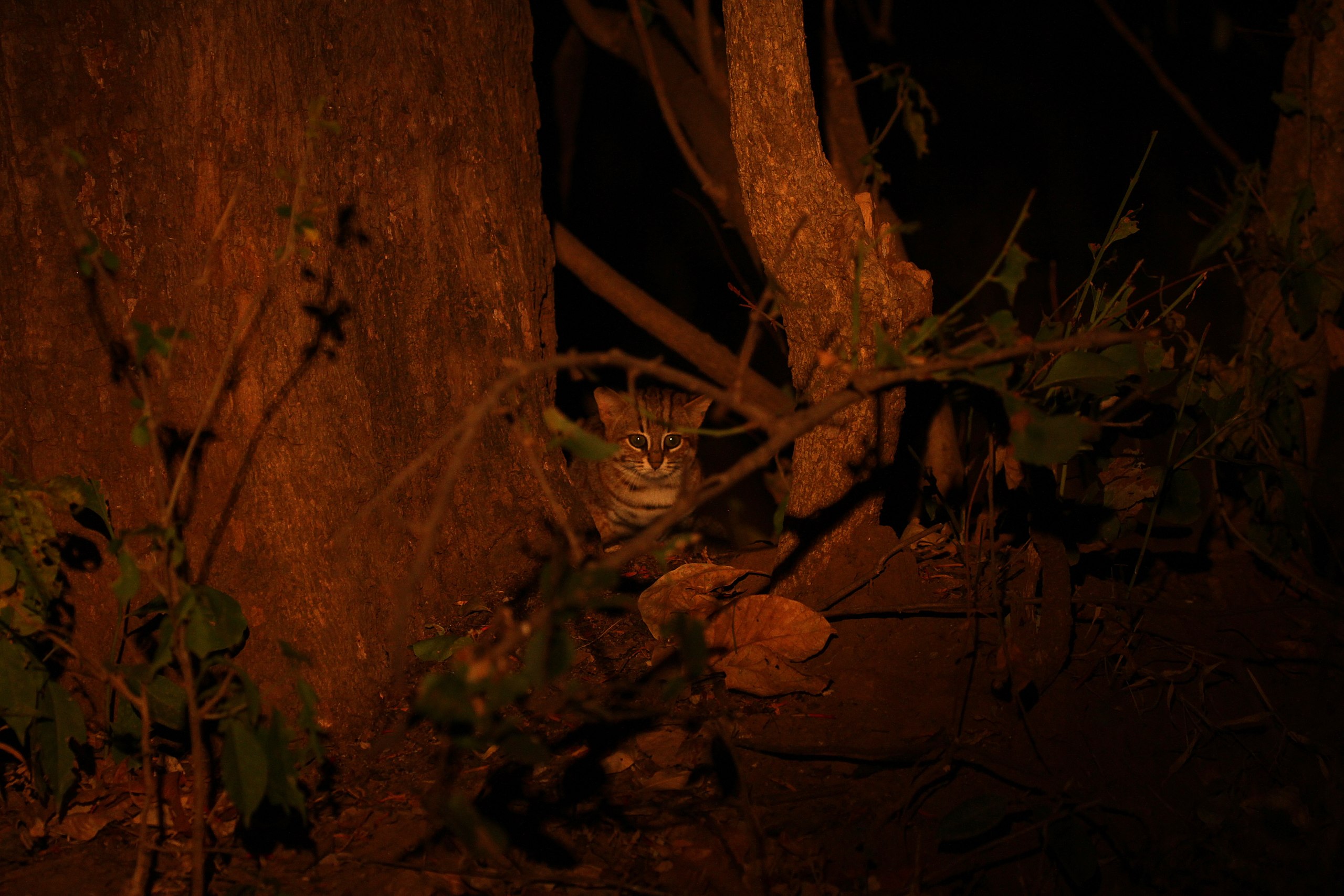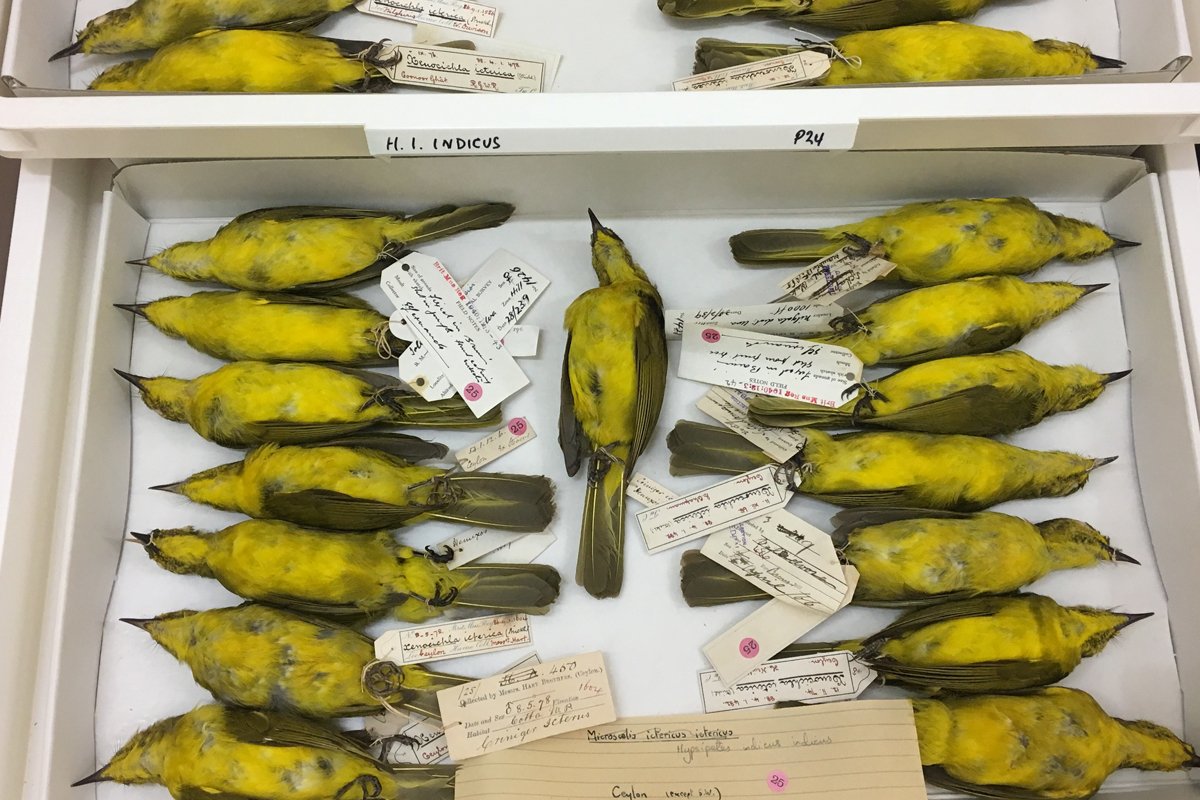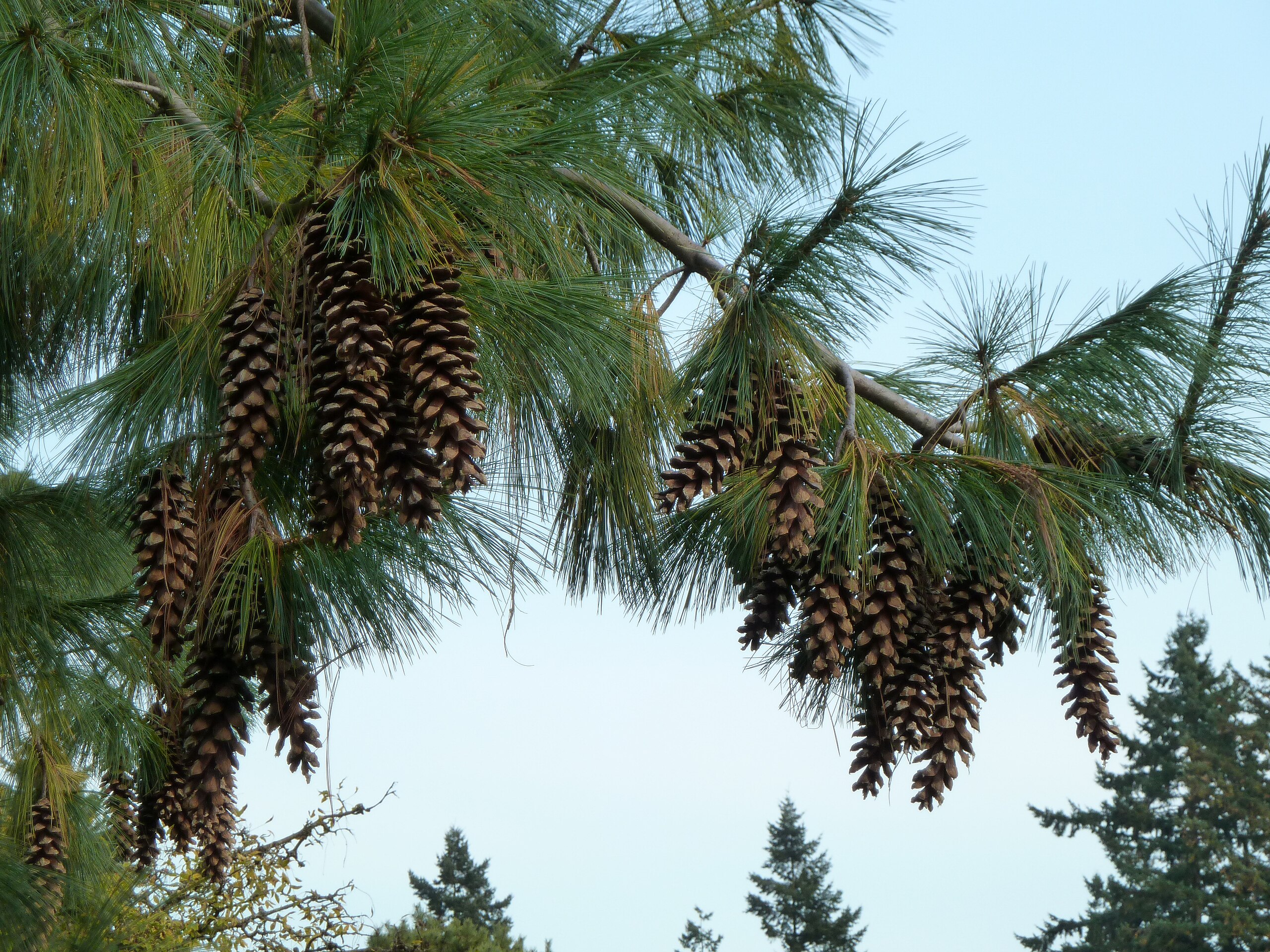
- A new study by IIT Delhi has found that biochar made from fallen pine needles could replace 4.7 million tonnes of coal and generate 6.4 terawatt-hours of electricity annually.
- Pine needle biochar can be co-fired with coal in power plants, cutting carbon emissions by 5.8 million tonnes while reducing forest fire risk in the Himalayan region.
- Although the solution has environmental and economic benefits, experts say that collection logistics and scaling up remain major challenges.
Every year, an estimated 7.47 million tonnes of pine needles fall across the Indian Himalayan region, creating a fire hazard that climate change is making deadlier. A new study shows these needles could instead become fuel, replacing 4.7 million tonnes of coal and generating electricity to power the region. Pine needle biochar can be co-fired with coal in power plants across Himalayan states — to generate 6.4 terawatt-hours of electricity and cut carbon emissions by 5.8 million tonnes annually, while reducing forest fires, according to the study.
The findings are from a research paper published in the journal Bioresource Technology Reports in March 2025 by researchers at the Indian Institute of Technology (IIT) Delhi. The study addresses a serious concern across the region. Uttarakhand alone recorded over 11,000 forest fire incidents from November 2023 to June 2024.
The scientists found that pine needle biochar produced at 600°C with 10°C per minute heating rate shows good potential for coal replacement, because of its high carbon content. The findings of this study could be used to create new jobs and solve frequent forest fires while drastically reducing the share of coal in power plants, in line with India’s net-zero targets by 2070.
“The novel aspect of the research is linking biochar production to power plants and quantifying carbon benefits,” said Priyanka Kaushal, professor at the Centre for Rural Development and Technology at IIT Delhi. She explained the dual benefits of using pine needle biochar — “One is replacing the dirty fossil coal with a green fuel made at the power plant site itself. Second, had it not been moved to this power plant, it probably would have decomposed or caused forest fires,” she told Mongabay India.
This research could be relevant to Jammu and Kashmir, Uttarakhand, Himachal Pradesh, and Northeast India, which face recurring forest fires caused by fallen pine needles. Climate change is making these fires more frequent, destroying forests and wildlife and causing air pollution.
This research fits into the larger global move towards exploring pine wood and needles as biofuel. Since 2013, scientists in Spain, Tunisia, Poland and South Korea have studied pine biochar. However, research in the field is still emerging and India appears to be leading the way, after Uttarakhand and Himachal Pradesh announced investing in energy production from pine needles.
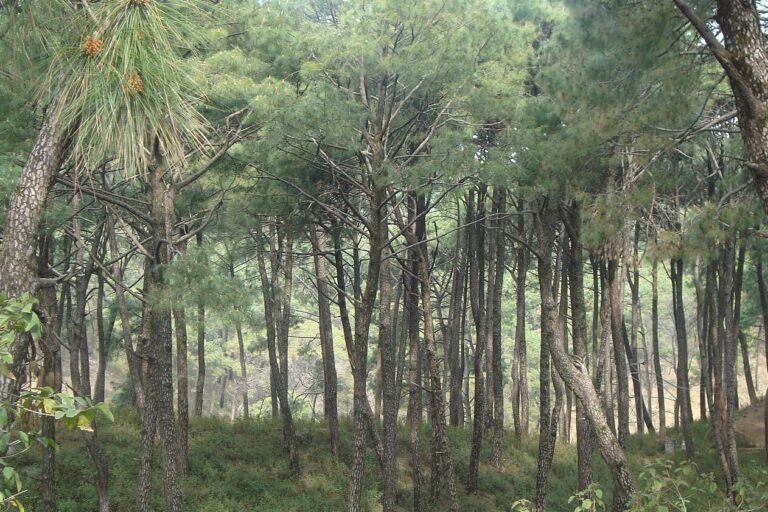
How it works
The researchers first studied small samples of fallen pine needles collected from Uttarakhand to understand their thermal behaviour and then used those findings to set up the biochar production process. The team used laboratory techniques including thermogravimetric analysis and kinetic modelling to predict how pine needle biochar would perform at a larger scale. These techniques showed them what temperature and heating rate would work best and then they applied these learnings in the next step called pyrolysis which involves heating pine needles without oxygen to produce biochar.
Imagine a gas stove where one adjusts the knob to control the temperature when cooking food. The researchers used a special heating chamber or pyrolysis reactor to “cook” ground pine needles at specific temperatures and heating rates. But they removed all oxygen from the chamber and pumped in nitrogen, creating an oxygen-free environment that prevents the needles from burning into ash and instead allows them to char into a useful solid called biochar, which can now be used as fuel in combination with coal at power plants.
The team calculated the carbon emission benefits and production cost along with the payback period for biochar making units. They found that after almost four years of running a pine biochar unit, one can recover all the setup costs and start making profits.
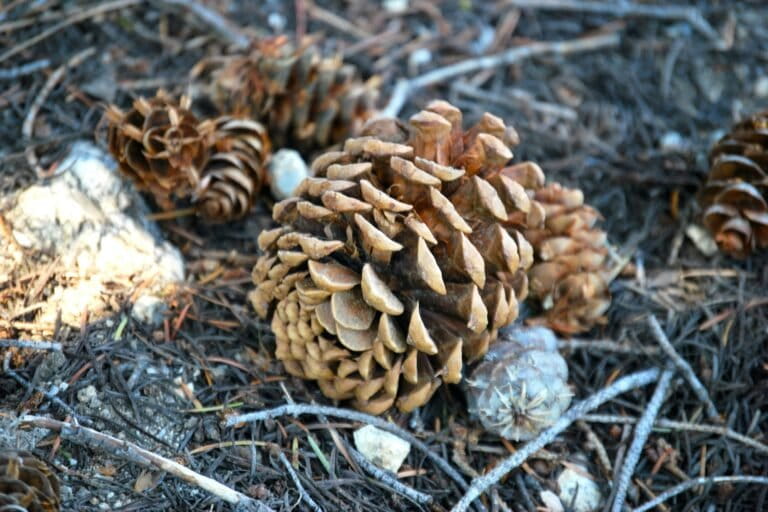
The challenges of scaling up
The study does not address the logistics of pine needle collection, scaling up production, the problem of handling pine oil (which is a byproduct of the process), and establishing a robust supply chain, said Kaushal. “If I establish a plant, will I be getting pine needles throughout the year? If I get them seasonally, where do I store them?” she said. She explained that the study’s payback period calculations focused mainly on operational costs but did not fully account for the expenses of collecting and storing pine needles for eight to nine months, which could impact whether entrepreneurs would be willing to invest in such ventures.
Manish Kumar, principal scientist at CSIR-Institute of Minerals and Materials Technology, Bhubaneswar, said in an email interview that the study’s strength lies in “pilot scale experimentation and standard analytical methodology” but cautioned that “techno-commercial replication in power plants is always a challenge like any other lab-based studies”.
Previous attempts to use pine needles have not achieved success. In 2021, Uttarakhand launched a scheme to generate electricity from pine needles but has achieved merely 1 MW from six pilot units, far short of the planned 150 MW capacity from 60 units, with officials citing costly collection, lack of transport and appropriate technology as key barriers.
Kumar recommended establishing pine biochar-based mini power plants or conducting trials by co-mixing the biochar with coal in thermal power plants. “Biomass-based renewable energy is the need of the hour and pyrolysis can support it,” he said. According to Kaushal, future research should address how to handle the pine oil byproduct, establishing a supply chain and introducing a policy to incentivise biochar production.
Read more: Uttar Pradesh fast-tracks biofuel production with the right blend of ethanol and biogas
Banner image: Himalayan pine. Representative image by Wendy Cutler via Wikimedia Commons (CC BY 2.0).














